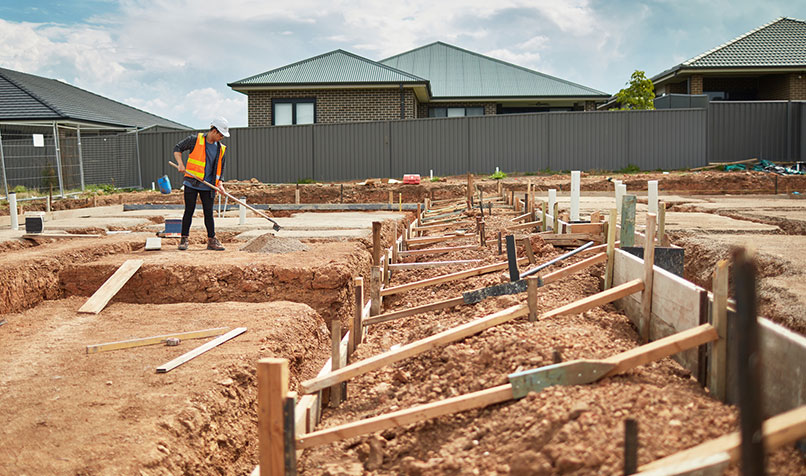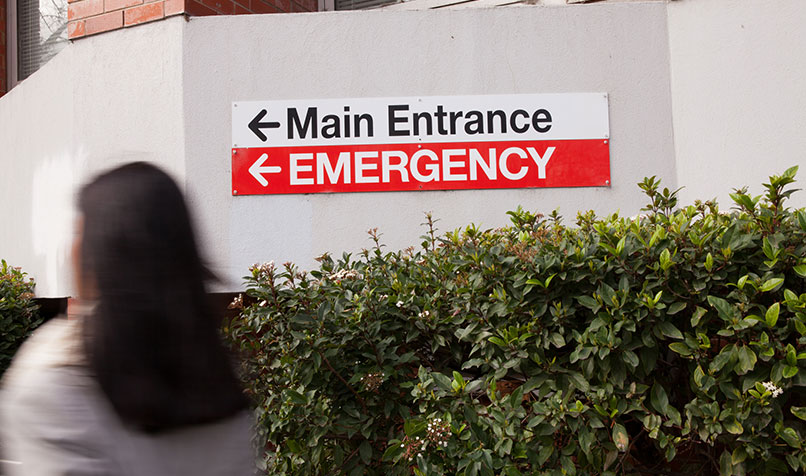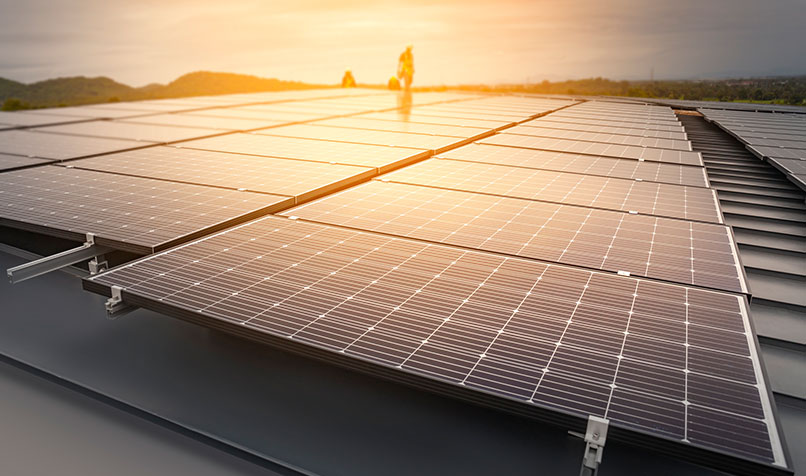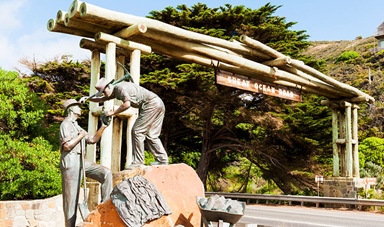Loading component...
At a glance
For business, the major announcement in this year’s budget is a payroll tax credit designed to encourage businesses to increase spending on employment through hiring new employees, increasing wages and giving staff extra paid work.
The credit is worth 10 cents for every dollar of Victorian wages paid by SMEs in 2020-21 and 2021-22 above the previous year’s wages. It is expected to directly contribute to the creation of about 10,000 jobs.
According to Jane Rennie, General Manager of External Affairs at CPA Australia, “Business may feel somewhat ignored by this budget, although the state government has delivered support to business outside of the budget cycle, and they have received some support out of today’s announcement.
“If businesses were hoping the budget would provide a panacea for the hardship they experienced during the state’s extended lock-down, they will be sorely disappointed. We would have liked to see more focus on helping businesses recover and grow.
“The government has nonetheless delivered a very socially minded budget which will support some of the most vulnerable people in the state.
On the payroll tax credit, Rennie adds, “The payroll tax credit will benefit some businesses but is probably not enough to encourage businesses to expand and take on extra employees. Most small businesses are below the threshold for payroll tax and the credit will not apply to them.”
The government also announced a temporary cut to the stamp duty on residential properties worth up to A$1 million bought before 30 June 2021. This includes a 50 per cent cut to stamp duty on new builds and a 25 per cent cut on the stamp duty on existing residential property.
“Temporary stamp duty relief will encourage property purchases in the short term, but more broadly, the budget is a missed opportunity to implement long-term strategic reform of the sort New South Wales is pursuing on stamp duty,” says Rennie.
Economic and fiscal outlook for Victoria
According to its budget papers, the Victorian government’s financial position is expected to worsen in the short term, with a projected budget deficit of A$23.2 billion in 2020-21, compared to a deficit in NSW of A$16 billion. However, the position should improve from there on, with the deficit for 2023-24 forecast at A$6.8 billion.
The Victorian economy is forecast to contract by 4 per cent in 2020-21, before rebounding by 7.75 per cent in 2021-22.
Victoria’s unemployment rate is expected to reach 7.75 per cent in 2020-21, before falling to 5.75 per cent by 2023-24.
Wage growth is expected to be low, with Victoria’s Wage Price Index forecast to increase 1.0 per cent in 2020-21, with future increases projected to remain low through to 2023-24.
Victoria’s population growth, a major driver of the state’s economy and property sector is expected to be very low, at 0.2 per cent in 2020-21, and increase to only 0.4 per cent in 2021-22 and 1.1 per cent in 2022-23.
Due to the increased spending and reduced revenue, the state’s net debt is forecast to reach A$86.7 billion in 2020-21 (19.5 per cent of GSP) and grow to A$154.8 billion in 2023-24 (28.9 per cent of GSP).
Key budget announcements:
Business and tax measures

- Businesses with an annual Australian group wages of less than A$10 million will receive a non-refundable payroll tax credit of 10 cents for every dollar of Victorian wages paid in 2020-21 and 2021-22 above the previous year’s wages. It is expected to provide relief to 14,000 businesses in 2020-21 and 21,000 businesses in 2021-22.
- The stamp duty on newly built or ‘off-the-plan’ homes valued at up to A$1 million will be cut by 50 per cent for contracts entered into from 25 November 2020 to 30 June 2021. The stamp duty on sales of existing homes under the A$1 million threshold will be cut by 25 per cent over the same period. This stamp duty waiver is over and above existing concessions such as those for first home buyers.
- A 50 per cent stamp duty concession on the purchase of commercial and industrial properties in regional Victoria will be brought forward from 1 July 2023 to 1 January 2021
- A 50 per cent land tax waiver for build-to-rent developments
- Drivers of electric and other zero emission light vehicles will pay a 2.5 cent/km charge, while a 2.0 cents/km charge will apply to plug-in hybrid vehicles in lieu of fuel excise.
- The threshold to qualify for making annual payroll tax payments will increase from $40,000 to $100,000 from 1 July 2021, which is expected to result in up to 7000 extra businesses being able to pay their payroll tax annually, rather than monthly
- Spending A$619 million to expand the Jobs Victoria network to better enable jobseekers to connect to the jobs they want. This money should enable Jobs Victoria to deliver face-to-face intensive support, create job mentors to work with jobseekers and employ more career counsellors.
- Introduce a pilot to provide up to five days of sick and carers’ leave pay at the national minimum wage for casual or insecure workers. The government expects the scheme to focus on sectors with high rates of casualisation, possibly including cleaners, hospitality staff and aged care staff.
- A$150 million will be set aside to encourage businesses to hire women through wage subsidies, with about a third to go to women over 45. Details of what the wage subsidy will be are yet to be announced.
- The government is setting aside 15,000 solar panel rebates for business
- The government will spend A$80 million over the next three years for targeted financial incentives to secure international investment.
Transport infrastructure

- A$2.2 billion to commence work on the Suburban Rail Loop project
- A$2 billion for Geelong Fast Rail
- A$1.5 billion to build 100 new trams
- A$660 million to assist the next stages of the Shepparton and Warrnambool Line upgrades
- A$411 million to resurface, rebuild and maintain 1700 kilometres of road
- A$255 million for improvements to the Great Ocean Road and surrounds
- A$117 million for road and intersection upgrades across Melbourne
Education and training

- An extra 80,000 new training places will be created over the next four years, including almost 60,000 free TAFE courses
- Free kindergarten places for 2021
- The number of students with a disability receiving extra support in the classroom will be doubled to 55,000 by 2025, costing A$1.6 billion
- There will be more than 4100 tutors placed in Victorian schools in 2021
- A further A$1.9 billion will be allocated to school upgrades
- A new ‘vertical’ primary school will be delivered in North Melbourne at a cost of A$122 million
- A$82 million is allocated to increase the availability of before and after school care
- A$68 million for the redevelopment of Chisholm Institute’s Frankston campus
- A$50 million will be invested in upgrading agricultural colleges at Dookie, Longerenong and Marcus Oldham College
- A$40 million for upgrades to Melbourne Polytechnic’s Collingwood campus
Health

- A$869 million to extend mental health services and implement the interim recommendations of the Royal Commission into Mental Health. It includes A$492 million to deliver an additional 120 mental health beds.
- A$562 million will be allocated towards the expansion of the Frankston Hospital
- A$384 million to redevelop the Warrnambool Hospital
- There will be a A$300 million elective surgery ‘blitz’
- A$217 million will be spent of the redevelopment of the Latrobe Regional Hospital
- A$200 million will fund upgrades across suburban health services and a further A$120 million will be invested into the Regional Health Infrastructure Fund
- Cheltenham will get a new residential aged care facility at a cost of A$135 million
- To meet the growing demand for delivery of hospital services in the home, an additional A$121 million will be allocated to the Better at Home initiative
- A$75 million to commence early work on the new Melton Hospital
- A$40 million will be spent to help cover the cost of introducing minimum staff-to-resident ratios in private aged care
Other major announcements

- 12,000 new social and affordable homes will be built across the state at a cost of A$5.3 billion, with 25 per cent of the investment dedicated to regional Victoria. Of this, there will be 9300 new social housing homes and 2900 new affordable and low-cost homes.
- Creating a Breakthrough Victoria Fund with a A$2 billion injection to support research and innovation.
- A$1.6 billion for investment into clean energy and energy efficiency, which includes A$797 million to help Victorians cover the cost of their power bills and make their homes more efficient. Part of this money will go towards the replacement of old, outdated and unhealthy wood or gas fired heaters for 250,000 low income households and providing a A$250 payment to eligible concession card holders for direct bill relief
- A$626 million to improve mobile coverage and broadband access in regional communities
- A$465 million will be spent to support the recovery of the tourism sector, including 120,000 vouchers worth A$200 each to encourage people to visit and stay in regional Victoria
- A$357 million will be invested to strengthen self-determination, enhance access to education, and better housing and health support for Aboriginal Victorians
- The government will build a new gallery, the NGV Contemporary in Southbank in Melbourne
- The state government’s IT services will be centralised to Digital Victoria
- Visit Victoria will receive A$58 million to market Victoria to travellers within the state and around Australia
- Geelong’s Kardinia Park will receive A$40 million for the fifth stage of the stadium’s redevelopment. The State Basketball Centre will receive $22 million, the Whitten Oval will receive $37 million for its redevelopment and $15.5 million is allocated for the Punt Road Oval redevelopment.
For more information visit www.budget.vic.gov.au

